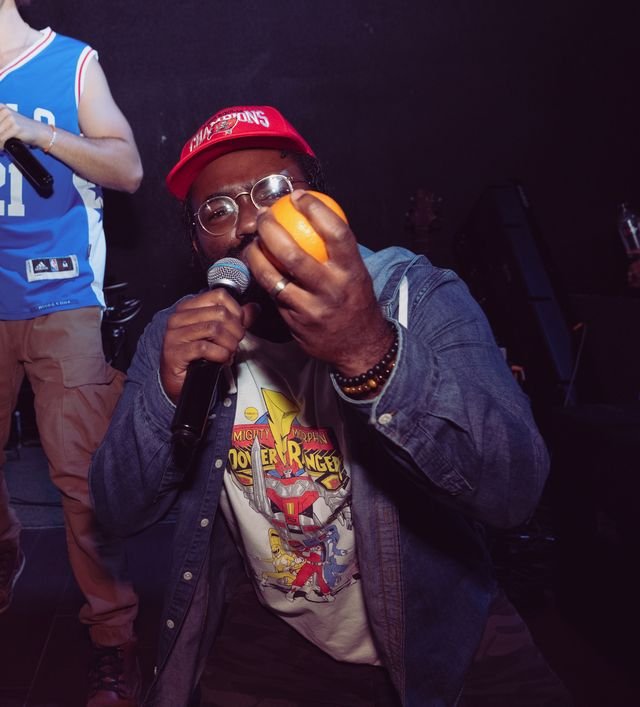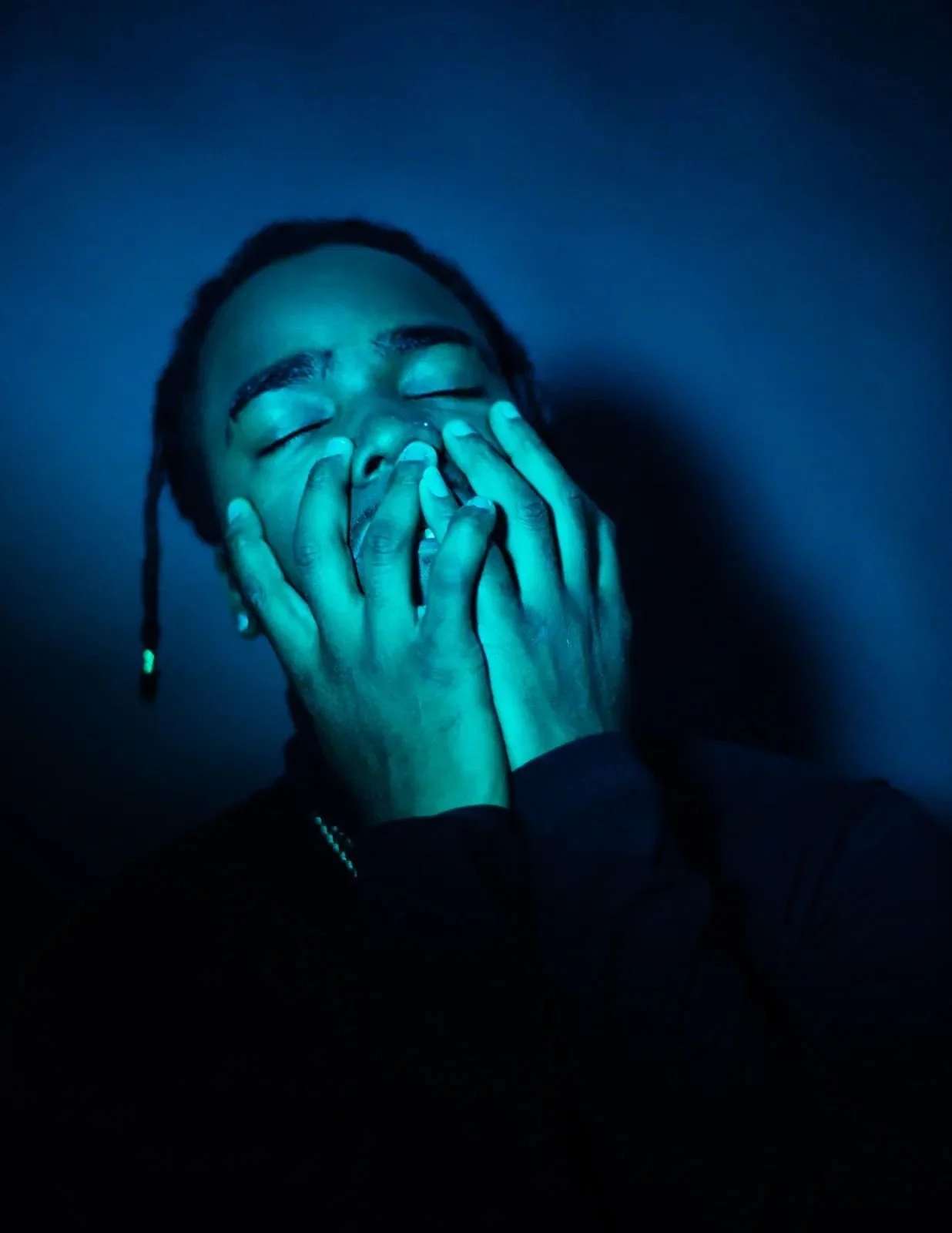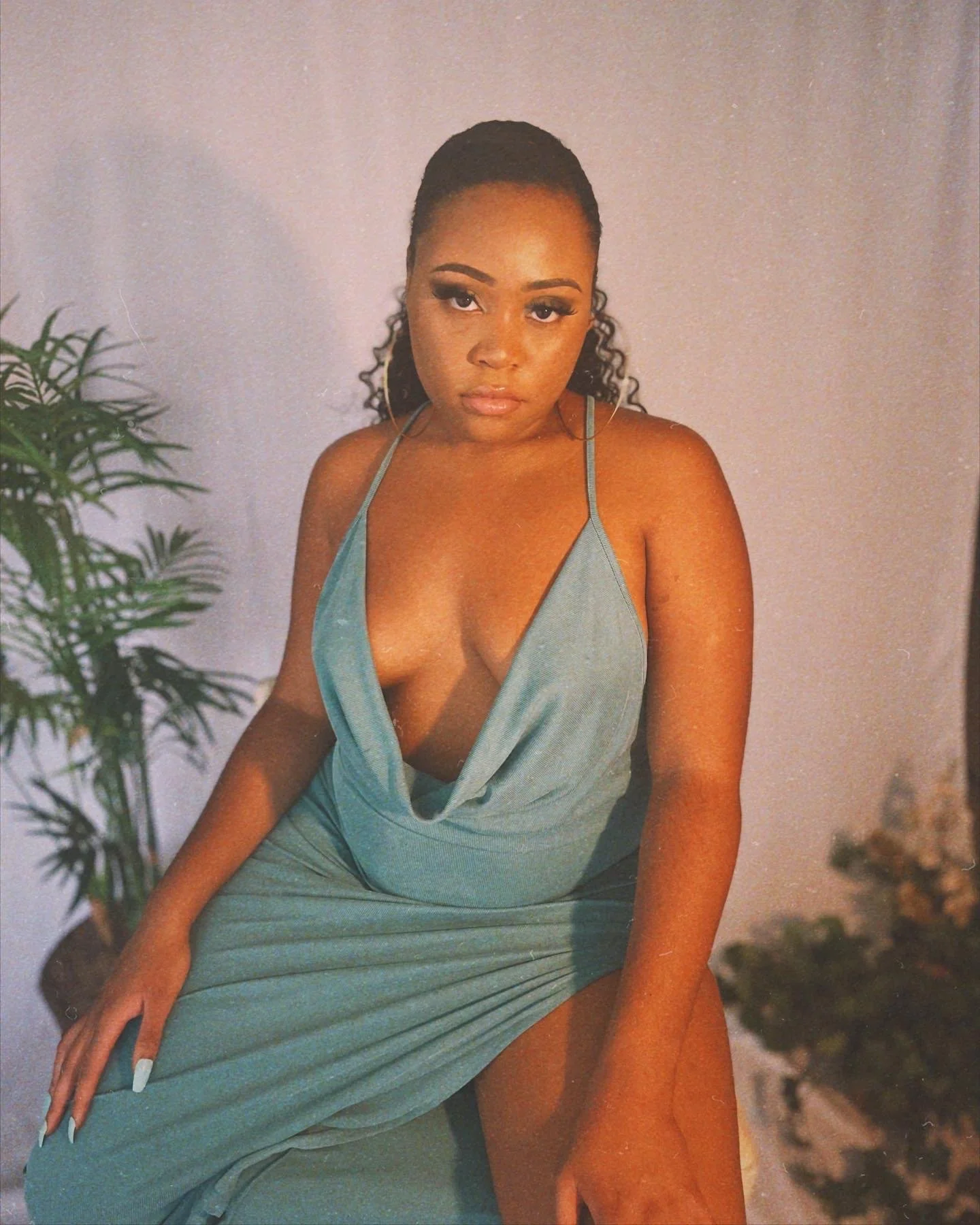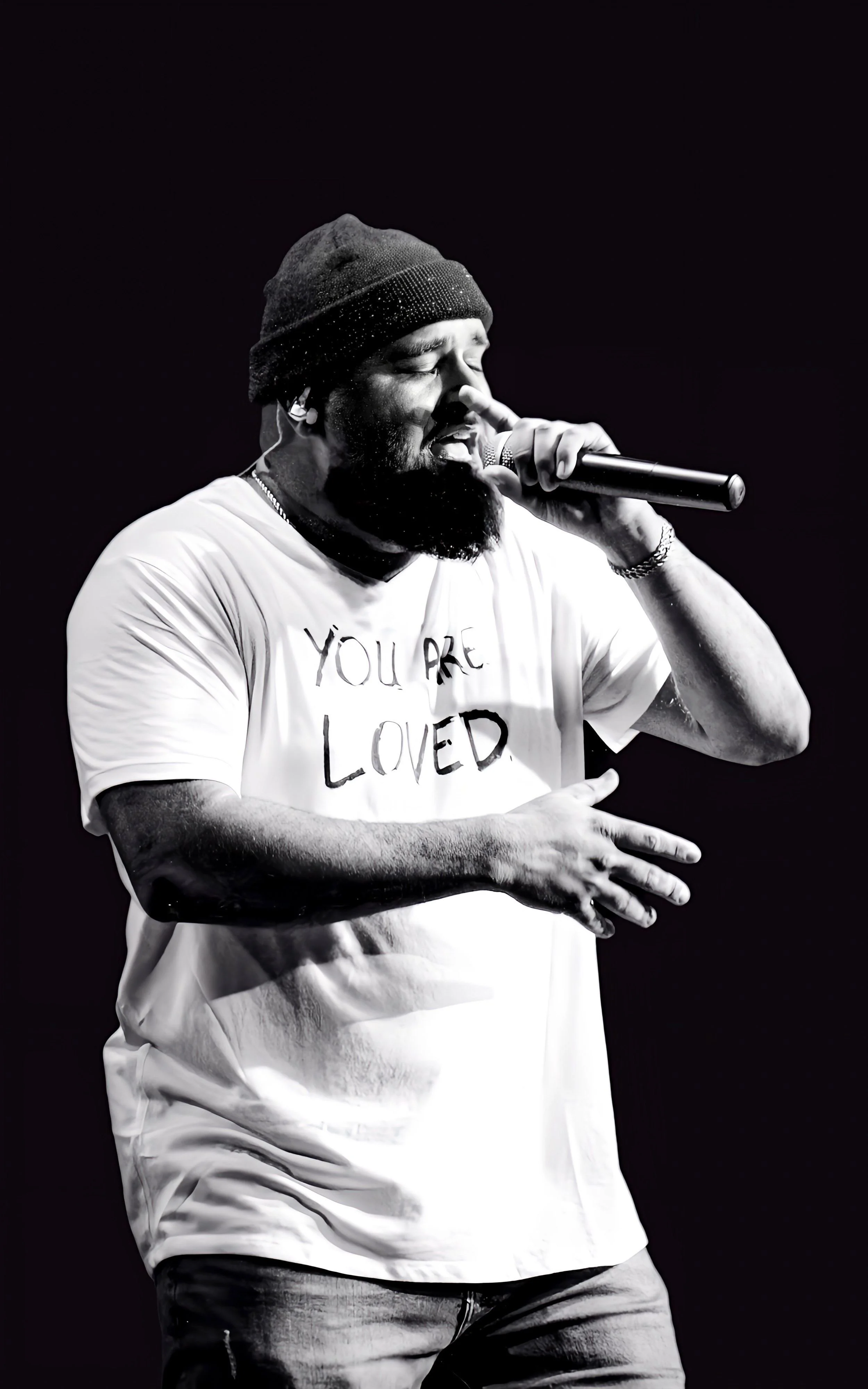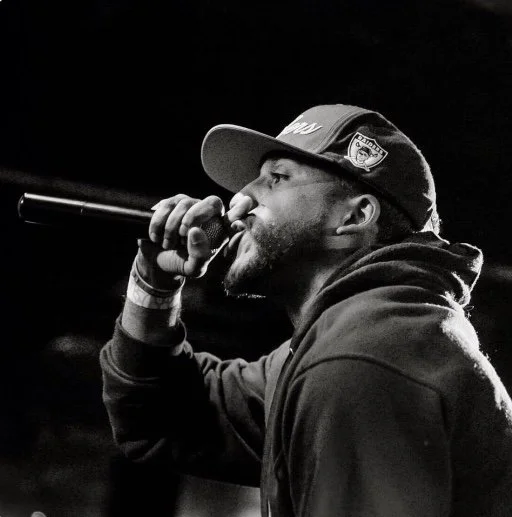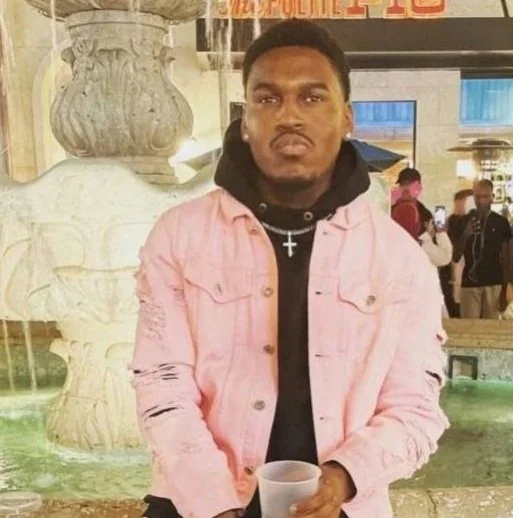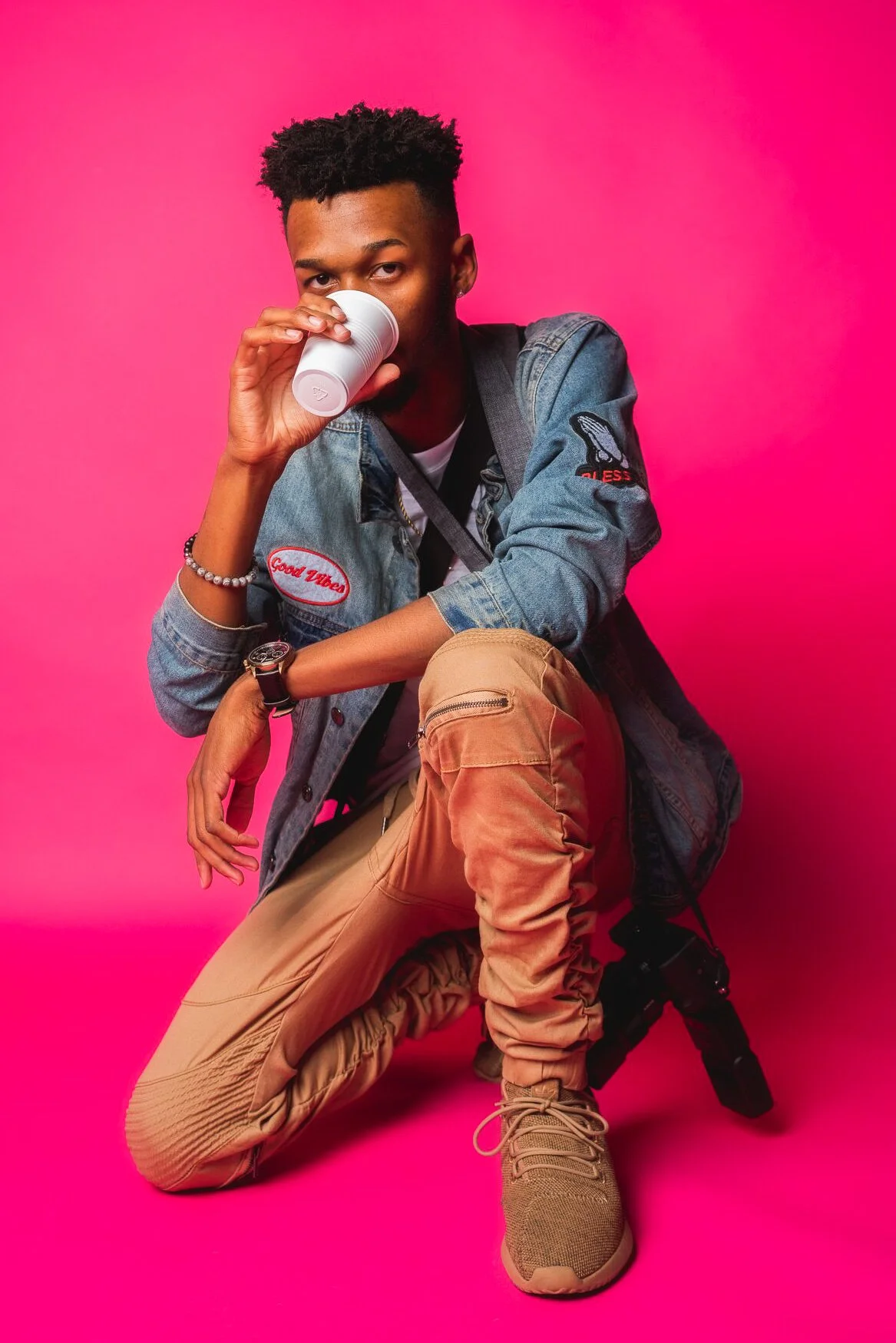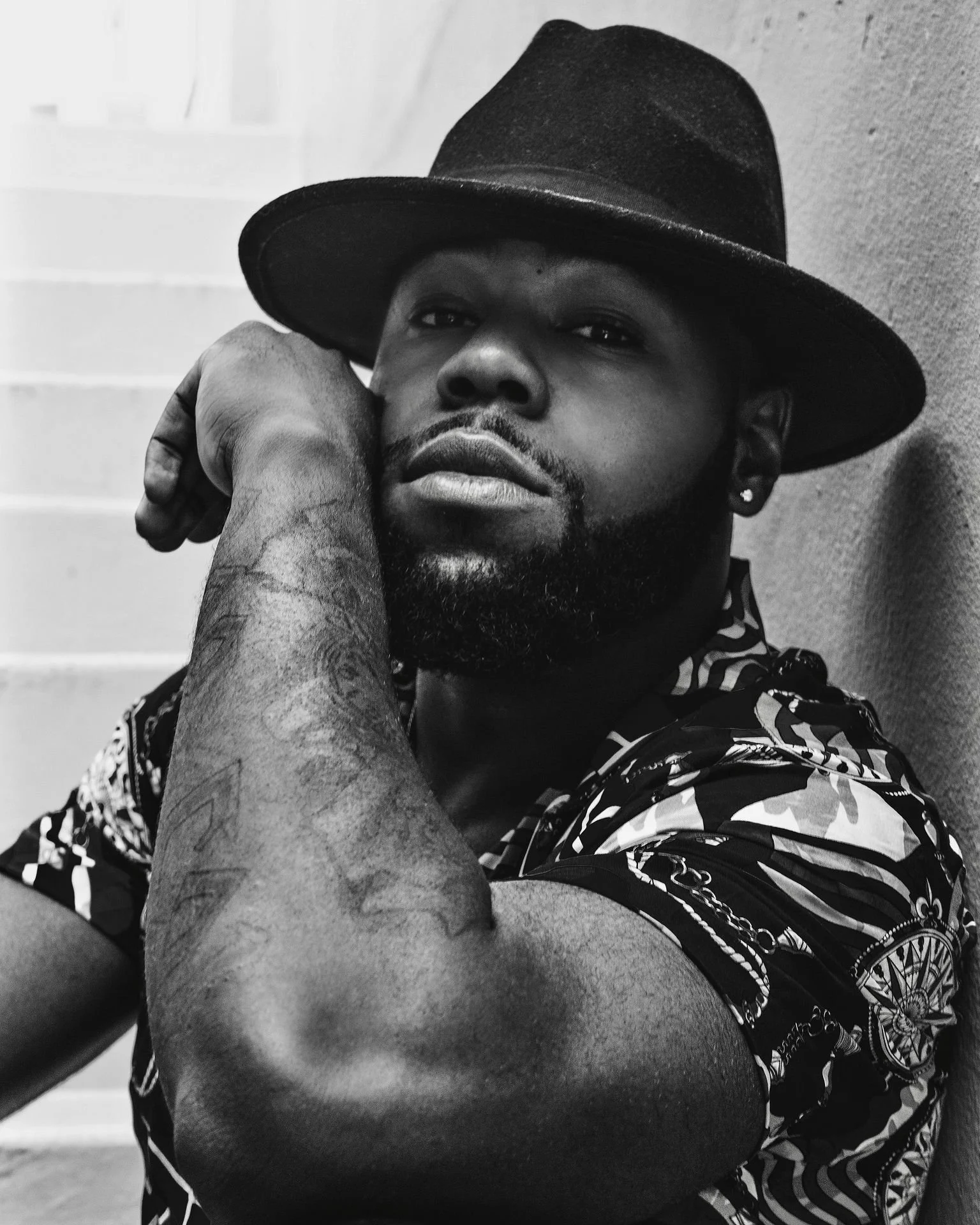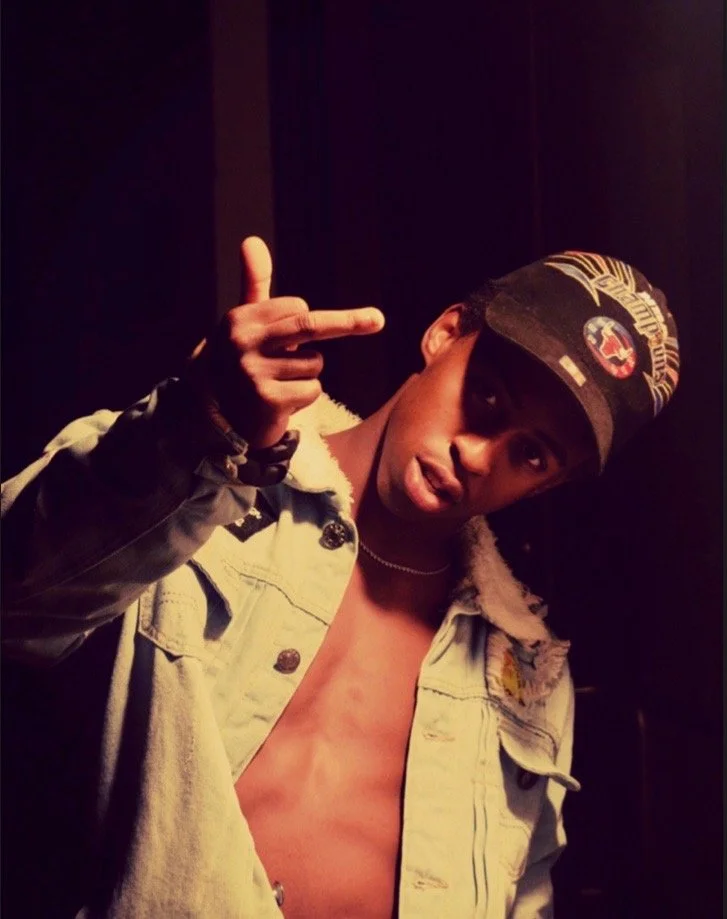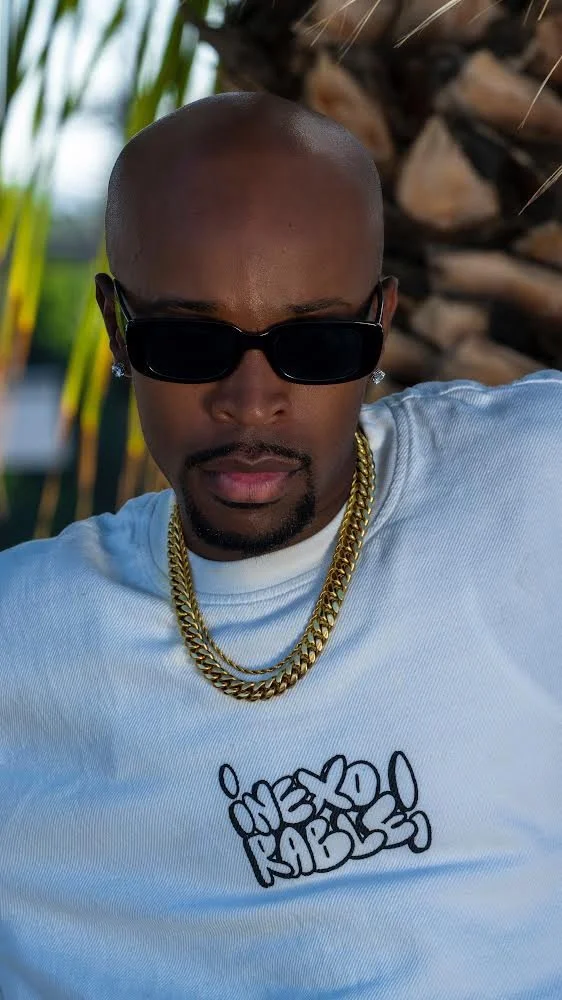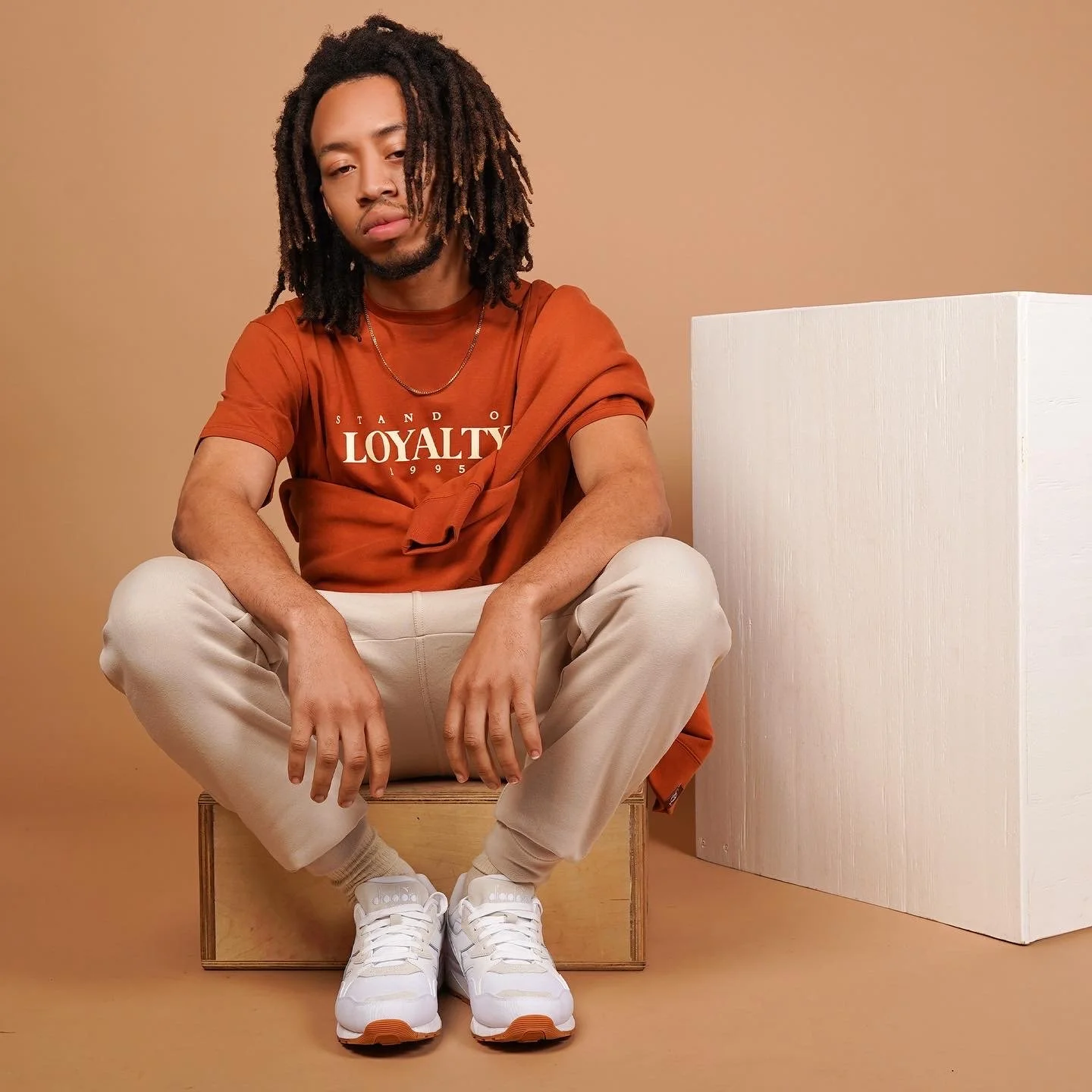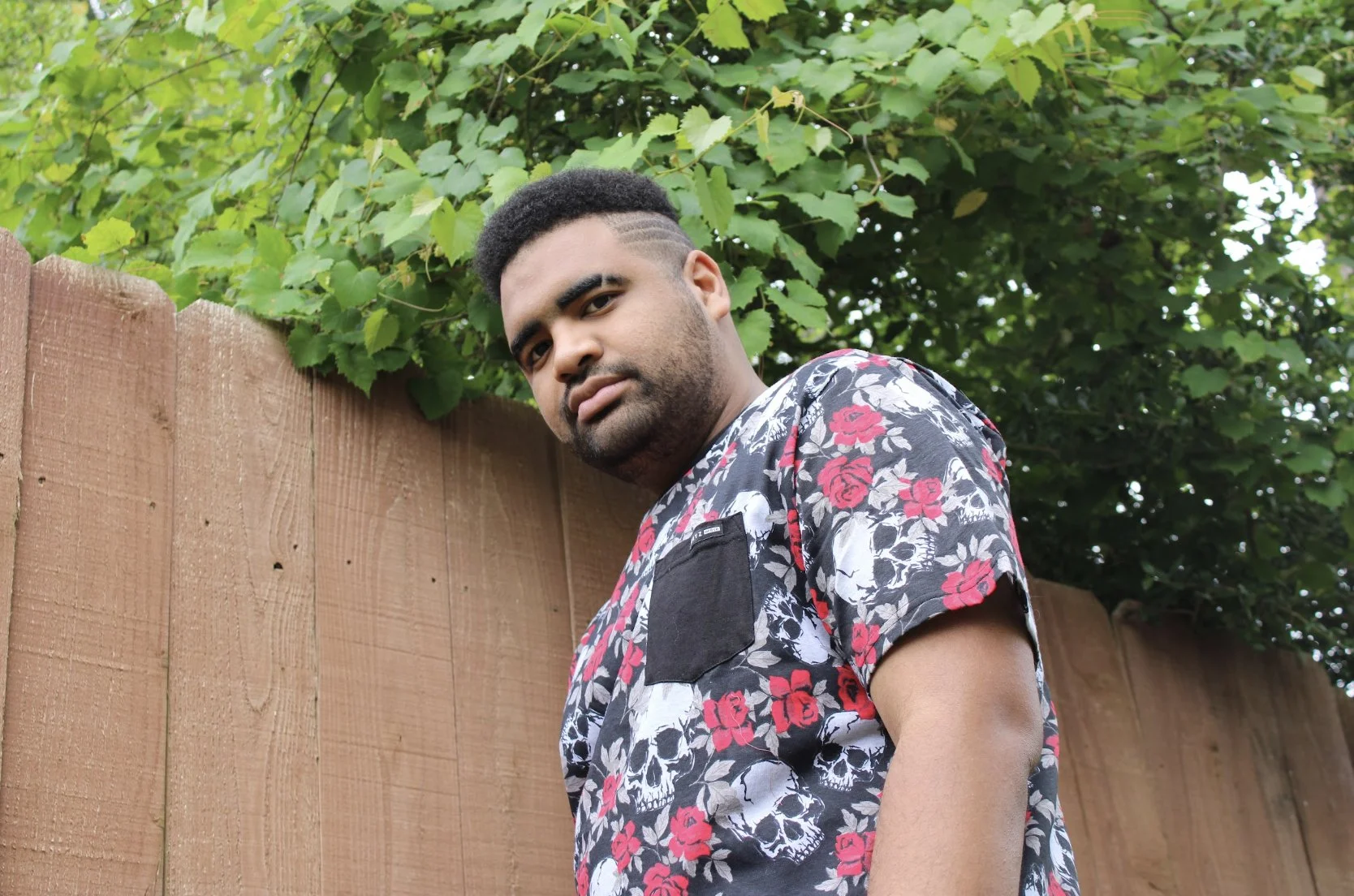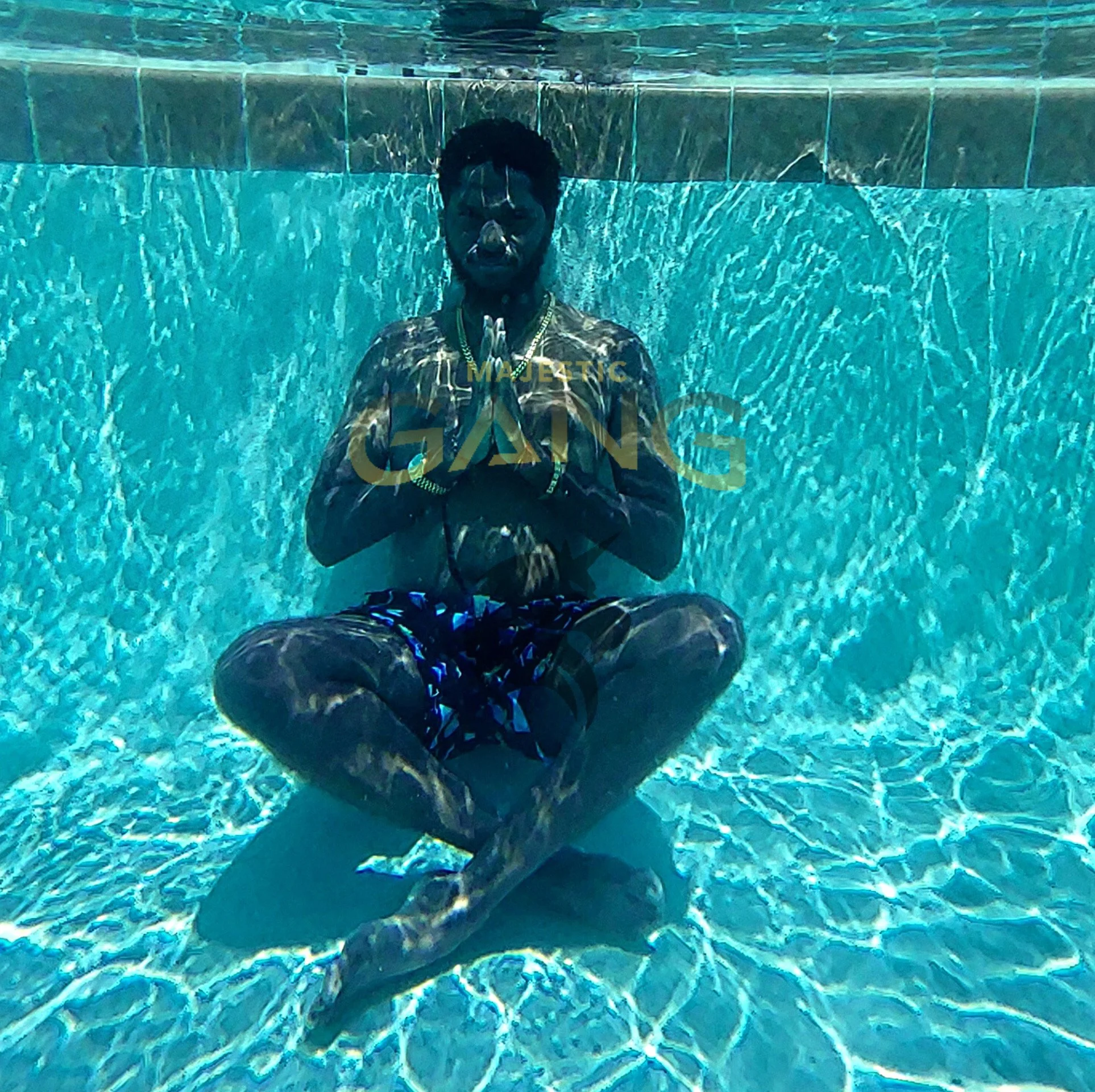HOW TO HANDLE A LARGE FAN BASE AS A UP IN COMING ARTIST
As an up-and-coming artist discovering and unlocking your full potential is a thrilling journey. Trust your instincts, stay authentic, and keep pushing your boundaries. Your full potential awaits!
As an up-and-coming artist, building and managing a large fan base is crucial for your success in the fiercely competitive music industry. Experiment, adapt, and understand your audience to find strategies that resonate with your artistic vision. Engage with your fans, stay informed about industry trends, and build lasting relationships with those who support your music journey.
Perform Live Shows:
- Create memorable performances: Develop stage presence, engage with the audience, and convey energy and passion for your music.
- Set design and visuals: Enhance the live experience with creative stage designs, lighting, and visual elements that align with your personal brand.
- Unique performances: Experiment with different arrangements, improvisation, or special renditions of songs to provide an exclusive experience for fans attending your shows.
Select the Right Venues and Audiences:
- Targeted venues: Choose venues that align with your style and appeal to your specific audience demographic.
- Touring strategies: Plan strategic tours, considering regions with a strong existing fan base and emerging markets with growth potential.
- Supporting acts: Collaborate with complementary artists as opening acts to reach new audiences and tap into their fan bases.
Merchandise and Branding Opportunities:
- Merchandising: Offer high-quality merchandise (such as T-shirts, posters, and albums) that reflects your brand and creates a sense of belonging for fans.
- Brand integration: Incorporate branding opportunities during live shows, such as sponsored stages, product placements, or collaborations with relevant brands that resonate with your identity.
Consistency Is Key:
- Release new music regularly: Consistently share your music on platforms like social media and streaming services.
- Promote consistently: Engage with your audience through regular updates, behind-the-scenes content, and interactive posts.
- Be patient: Building a fan base takes time, so stay committed and keep creating great music.
Leverage Social Media:
- Be social: Interact with your fans, comment on their posts, and build genuine connections.
- Be selective and consistent: Choose platforms that align with your brand and post consistently to maintain fan engagement.
- Think about alignment: Consider how you want to be perceived by your fans and align your social media presence accordingly.
HOW TO FIND YOUR FULL POTENTIAL AS A UP IN COMING ARTIST
As an up-and-coming artist discovering and unlocking your full potential is a thrilling journey. Trust your instincts, stay authentic, and keep pushing your boundaries. Your full potential awaits!
Identify Your Niche and Style
- Explore Your Past Work:
Reflect on your previous creations. Notice recurring themes, subjects, or styles that resonate with you. These patterns can guide you toward your unique niche.
- Experiment and Refine:
Try different techniques, mediums, and subject matters. Embrace experimentation to uncover what truly ignites your passion.
- Develop a Recognizable Style:
Your artistic style sets you apart. Whether it's abstract, realistic, or something in between, hone it consistently.
Cultivate Creativity
- Think Outside the Box:
Creativity thrives when you break free from conventions. Be open to unconventional ideas and approaches.
- Stay Curious:
Curiosity fuels creativity. Explore other artists' work, read, travel, and engage with diverse experiences.
- Embrace Imperfection:
Perfectionism stifles creativity. Allow room for mistakes and growth.
Build Your Portfolio
- Quality Over Quantity:
Showcase your best work. A strong portfolio speaks volumes about your skills and vision.
- Diversify:
Include a variety of pieces that demonstrate your versatility. Show different subjects, styles, and techniques.
- Online Presence:
Create a professional website or use platforms like Instagram to display your portfolio.
Learn and Network
- Continuous Learning:
Attend workshops, take classes, and learn from established artists. Stay updated on industry trends.
- Connect with Peers:
Attend art events, join online communities, and collaborate with fellow artists. Networking opens doors.
Market Yourself
- Social Media:
Leverage platforms like Instagram, TikTok, or Pinterest. Share your process, engage with followers, and build a fan base.
- Art Shows and Exhibitions:
Participate in local shows, galleries, and exhibitions. Exposure is essential.
- Collaborate:
Partner with brands, musicians, or other artists. Collaborations expand your reach.
Believe in Your Journey
- Patience and Persistence:
Success takes time. Keep creating, learning, and evolving.
- Celebrate Small Wins:
Acknowledge progress, no matter how small. Each step counts.
- Stay Passionate:
Remember why you started. Passion fuels your journey.
WHAT KEEPS YOU GOING AS A UP IN COMING ARTIST
As an up-and-coming artist, the journey is a rollercoaster of emotions, with exhilarating highs and challenging lows. Every artist, whether established or up-and-coming, faces highs and lows. It's part of the canvas. Embrace it, learn from it, and keep painting your story.
BALANCING THE HIGH AND LOW MOMENTS
As an up-and-coming artist, the journey is a rollercoaster of emotions, with exhilarating highs and challenging lows. Every artist, whether established or up-and-coming, faces highs and lows. It's part of the canvas. Embrace it, learn from it, and keep painting your story.
Passion and Purpose:
- Fuel Your Fire: Your unwavering passion for creating art is the heartbeat of your journey. Remember why you started and let that drive you forward.
- Purpose: Connect with the deeper purpose behind your art. Whether it's self-expression, storytelling, or impacting others, keep that purpose alive.
Resilience and Grit:
- Bounce Back: The lows are inevitable—rejections, creative blocks, self-doubt. But resilience is your superpower. Dust yourself off, learn from setbacks, and keep moving.
- Grit: It's the determination to persevere when things get tough. Embrace challenges as stepping stones toward growth.
Support System:
- Surround Yourself: Build a tribe of fellow artists, mentors, friends, and fans. They'll celebrate your highs and lift you during lows.
- Feedback: Constructive criticism helps you improve. Listen, learn, and adapt.
Celebrate Small Wins:
- Acknowledge Progress: Even the tiniest victories matter. Finished a song? Celebrate! Got positive feedback? Celebrate! Each step counts.
- High-Five Yourself: You're climbing a mountain. Take a moment to appreciate the view from each ledge.
Self-Care and Mental Health:
- Check-In: Artistic journeys can be emotionally draining. Prioritize self-care—sleep, exercise, healthy meals, and mental breaks.
- Seek Support: If the lows become overwhelming, don't hesitate to seek professional help. Your well-being matters.
Learn and Evolve:
- Stay Curious: Keep learning, experimenting, and evolving. Attend workshops, read, and explore new techniques.
- Adapt to Trends: The art world evolves. Stay informed about industry trends without compromising your authenticity.
Visualize Success:
- Dream Big: Imagine your art reaching millions. Visualize sold-out shows, fans singing your lyrics, and your impact on the world.
- Affirmations: Repeat positive affirmations daily. Believe in your journey.
Remember the Journey:
- Journal: Document your highs and lows. Reflect on how far you've come.
- Art as Therapy: Use your art to process emotions. Channel pain into creativity.
Stay Inspired:
- Nature, Music, Life: Draw inspiration from everyday moments. A sunset, a conversation, a melody; they're all potential masterpieces.
- Break Routine: Travel, explore, and break out of creative ruts.
Love the Process:
- Not Just the Destination: The journey itself is art. Embrace the messy sketches, the late nights, and the detours.
- Fall in Love Every Day: Wake up excited to create. That's the magic.
-
Wanna learn more? Head over to our Owner page for more information!
Artist Management Consultation
30/60/90 Marketing Plan (Includes Personal Development)
Contract Drafting & Negotiation
BREAKING AN ARTIST
Tips on how to break through as an artist in the industry
Marketing Plan Funnel
Focus on the music and make sure the music is right!
Belief System
Making the Artist believe it’s possible.
“You got to have it for yourself, I can’t want it more than you.”
Vision and clarity on your brand
Understanding who you want to be within the marketplace. Your vision will connect to your fan base.
“See the void in the marketplace”
Make the artist look presentable across the board
Visual branding
Vsp’s visually pleasing
Online presence, visually pleasing
Content Development
It must reflect your brand!
It is knowing how to communicate your brand online.
Similar to Artist development but targeted for content.
“The moment you can be identified as an entertainer, your price goes up”
Getting PR so that you can become Omni-present
PR Campaign (social media)
Finding a song to cement you in as an artist.
Building a catalog
develop a content strategy
How can we get things moving with little to no money involved?
it only takes one song for you to break into the industry.
“Find the one song you can take anywhere”
Build a paid marketing strategy
Paid marketing funnel
Clothing
Streams
Get the artists to 100,000 streams with no playlisting
Building proof of concept
Look for industry partnerships
Dsp’s, tik tok, YouTube, influencers, executives, artists, producers
“Leverage, Knowledge & Resources”
Leverage comes from your results
Building your leverage of legitimate experience
“Evidence on Evidence on Evidence”
How to monetize the artist
“If you can build a profitable artist, you lit”
Merch, shows, etc.
Get funding (Investor)
“Labels like to buy momentum”
-
Wanna learn more? Head over to our Owner page for more information!
Artist Management Consultation
30/60/90 Marketing Plan (Includes Personal Development)
Contract Drafting & Negotiation
BEHIND THE SCENES FOOTAGE
Whether you’re working for an event or on a film set, knowing the schedule is super important. What’s happening, and when? You need to know what’s important to capture, where people will be, and what time you need to be where
VIDEOGRAPHER:
To create a great Behind the Scenes video, certain elements should be included:
Be in the Know: Whether you’re working for an event or on a film set, knowing the schedule is super important. What’s happening, and when? You need to know what’s important to capture, where people will be, and what time you need to be where. Of course, you can’t get everything, but it’s important to prioritize and know what you need to get.
1. Still Images: Include the final images from your shoot in the actual video because this shows the result and showcases your work. I usually have the editor put the images in at the end of the video.
2. Interesting Footage: The more footage the better. Include aspects of the shoot including hair and makeup, wardrobe, gear, you at work, and interacting with the models or subject. It's great to have a variety of clips from wide to close-up and make sure your editor chooses clips that have the most emotion. The worst thing you can do is show a boring video of your shoot. The footage should communicate the story and showcase you as an artist. Also, the more footage that’s shot, the more you have to work with when editing the final video.
-
What does the director/event coordinator want as a final product? Do they want to use the footage to promote their company, or have a light-hearted highlight reel of the event? Maybe they want a 10-minute BTS film to put on a DVD, 5 short films, or just a quick, 30-second cut. Ask questions, and also make sure you’re on the same page about what the director is comfortable with you doing as far as interviews on set, etc. Communication on a film set
3. Music: Make sure to use licensed background music. Some sites sell royalty-free music at affordable prices. The song you choose is important because it sets the tone of your video.
4. Time-lapse: Time-lapse is a great tool and many of the Nikon cameras will do time-lapses right in the camera. Put a camera on a tripod before you start setting up the shoot and allow the camera to capture a time-lapse of the process. You can put the footage to music and make a great promo video out of just that. It also makes for interesting footage for your editor to add to the final video.
-
Tell a Story
Every film has a story. When I first started doing BTS short films, I thought it was just throwing together different clips from the event with some fun music in the background. But I’ve been learning that it needs to have a story – even if it’s a simple one! People will connect much better with your film that way. For example, for the Texas Trek video, I helped put together, we decided to go with the simple flow of waking up, packing, driving/flying, arriving, the event (somewhat in order of when things happened), then ending with similar shots to the beginning to tie it all together.
5. Graphics: Be sure and include your logo somewhere in the video. In some videos, I’ll give the editor a list of credits as well.
-
Know Your Style
Believe it or not, there’s not just one style for BTS work. It can be cinematic, more run-and-gun, just clips put to a song with vocals . . . do the research and find what style works best for the project you’re doing! And be sure to talk it over with the director as well. It’s important to know this ahead of time (at least the general idea) because it will affect how you shoot.
6. Voiceover/Audio: Recording audio isn’t going to make or break your video but it does add an extra dimension if you want to talk about your vision or interview your client on set.
-
Interviews
So, there are two kinds of interviews I like to do. One is the on-set, in-the-moment interview. The pros to this are that you capture the feeling, emotion, and action right there as it’s happening. The thing to be careful of is not bothering the person you’re interviewing – ask them before you start rolling if it’s okay you ask them a few questions, and just be aware of moments that are stressful or emotional that may not be the right time to be filming. The other type of interview is, of course, a sit-down interview with intentional lighting/background, etc. This kind of interview is more formal in some ways, but it gives you a chance to ask any questions you want and cover subjects you couldn’t/didn’t while you were on set/at the event. Mixing these two types of interviews is great as well. Also, be intentional about the questions you ask. Remind them to repeat the question back to you (i.e. What did you do today? Today we . . .). That will help immensely in editing. Be confident and creative in thinking of questions that will make them feel comfortable and draw them out to get the details you need.
More tips: Technical Tips
Here are a few random ideas I’ve learned from trial and error, and others, that have helped a lot:
Hand-held is the best, but hold the camera as steady as possible (too much-shaking looks, amateur)
Get the shot for longer than you think you need (this helps in the editing room!)
Consider creative extras such as time-lapses, using shots from the finished film, slow motion, go pro, etc.
Good audio is super important! It doesn’t have to be expensive – I’ve used a small mic on my Osmo and attached a shotgun mic to a DSLR. It’s imperative for interviews (especially with other things going on around that are noisy) and it adds a lot of quality to have noise from any shot, even if it’s not an interview.
Wide shots are great, but don’t do just that – get some personal close-ups as well. Rack focusing is a really fun one to do! Cut, cut, cut. Remember, most of the people watching probably won’t have the same emotional connection to the event/film that you do, so the shorter the better.
As far as settings go, I love manuals. I think it’s great to learn manuals, get comfortable with them, and switch fast. With doing BTS work though, it’s okay to use auto some too since you’ll have a lot of situations where lighting changes quickly. It can be difficult when that happens, or when you’re constantly switching from video to photo and back again. But getting experienced with manuals and knowing your camera and what you want is a great experience.
1. Know When to Be Invisible
I feel like a common mistake photographers make when shooting behind the scenes is trying to be too invisible to the talent. While it’s true that you don’t want the people you’re shooting to be too aware of your presence for fear that they’ll put on a show for the camera that feels fake, you also don’t want boring footage/photos. So your best bet is to try and walk that line as closely as you can, where they’re still acting like themselves but also not performing for the camera. The best way to do this in my experience has been to try and build a rapport with them before you start shooting. Make them feel comfortable around you so that later when they see you filming or taking photos they feel like they can just be themselves.
A lot of people can be afraid of talent and thus will avoid talking to them but the truth of the matter is a lot of them aren’t used to having cameras invade this part of their process and they can feel like you’re spying on them. This can lead to the opposite effect of putting on a show for the cameras where instead they’re incredibly reserved, which in my opinion is worse. So try and talk to them a little bit beforehand and try to do so as a regular person and not an awe-struck fan. Find some common interest unrelated to their profession and discuss that with them, it will go a long way toward making them feel comfortable with you around.
If you’re shooting video, another reason you’ll want to build a rapport with them is that at a certain point, you’re going to want them to address the camera to discuss what they’re doing and why. A lot of people will do this in a formal interview session, shot before or after the process. While that works just fine I’m much more of a fan of just pulling them aside and casually asking a few quick questions. I feel like you end up getting more honest answers that don’t feel like canned responses to planned interview questions.
Lastly, know when to set your camera down. Every once in a while a story will be brought up or an embarrassing moment will occur that’s not for the cameras. If you stand there shooting it you’ll only make them uneasy later and you likely won’t be able to use it anyway. They’ll appreciate it when they see you respecting their privacy and it will pay off a lot more later when you’re shooting.
2. Be Ready to Move Fast
One of the biggest challenges of shooting behind the scenes is, everything is unpredictable. It’s not like shooting a narrative film or having a photo shoot where it’s all planned. Instead, you’re trying to capture intimate and honest moments, moments that can’t be predicted. If you’ve ever worked as a photojournalist this is where your skills will come in handy as you almost always have to have your camera on and ready to go.
3. The Glory of B-Roll
This one is mostly for video. While face and action shots are the bread and butter of any behind-the-scenes piece, what I found out early on is that you need to get a lot of coverage to help mask audio and video cuts. This means getting a lot of B-Roll. Interesting things around the space you’re shooting or even shots of the talent’s back where you can’t tell if their mouth is moving. These are what will save you when you’re putting the final video together.
-
Get a Lot of Coverage
Try lots of angles and ideas. Be creative! Either have the camera moving, someone moving, or something interesting happening inside the shot to keep people’s attention. Live footage (especially photos) can capture the funniest moments and faces of people, and it’s sometimes hard to get one where you’re doing things right and they look like themselves. So I’ll say it again – get a lot of coverage. To balance that out though, you do need to be decisive and know when you got the shot so you can move on and not have a ton of footage to sort through afterward.
Forget Perfection
The glory of behind-the-scenes work is that the rough quality gives everything character and makes it feel more real. The trick here is to know what type of “rough” look is ok. For instance, when I first started shooting behind-the-scenes videos I deferred to my instincts, which unfortunately at the time was to shoot a little darker to maintain the crisp black color I loved so much. Then I would turn in my footage and the producer would complain about how dark everything was a completely fair complaint
-
Study Others Work
Watch other BTS films and look at pictures, and see what you liked about them, what makes them good, what kind of music they use, etc. And then get out there and do it yourself! Doing behind-the-scenes work is not easy – you’re constantly running around and, on your feet, to capture all those details (including during meal time occasionally!), then, of course, there’s late-night offloading, editing, and uploading. But it’s so fun and rewarding to be able to be a part of all the departments in a way, to capture the action, and to see the final product! I hope this has been helpful – learning is a journey, and I’m excited to be on with you!
-
Wanna learn more? Head over to our Owner page for more information!
Artist Management Consultation
30/60/90 Marketing Plan (Includes Personal Development)
Contract Drafting & Negotiation
SPOTIFY EDITORIAL PLAYLIST
Pitching Your Song To Spotify Playlists
Pitching a song
Submission
7 - 14 Days Before Submission
It takes 24-72 Hours For It To Show On Your Dashboard
When Pitching A Song, Everything Matters
Edification is Key
Speak About how You feel
Speak On Where the Music Could Fit (Playlist)
Never Leave Any Blanks on submission forms
Submit For Publishing
Distribution
Publishing (ASCAP or BMI)
Songtrust
Sound Exchange
Key Components
Listeners Reactions
Streams
Saves
Listers Input
How Well The Song Does Outside The Platform
Old Release = New Audience
-
Wanna learn more? Head over to our Owner page for more information!
Artist Management Consultation
30/60/90 Marketing Plan (Includes Personal Development)
Contract Drafting & Negotiation











